Puppies have a crucial socialisation stage between weeks 3 and 14. We need to expose them to as many experiences as possible, so they grow up to be confident, well-rounded adults – and storms are an important part of this process.
The flashing lights and cracking sounds of storms can be particularly distressing for junior dogs, but don’t worry: by following our simple tips, you can minimise the stress of the training process and make your bond with your miniature furball even stronger.
How storms can affect dogs
Dogs pick up sounds and smells at far higher frequency than we do, so when they hear the crack of lightning or the rumble of nearby thunder, it can be extremely frightening. Dogs are also sensitive to a number of atmospheric changes before and during storms: the shift in air pressure, the low-frequency rumbles that tell us a storm is coming5, and even the build-up of static electricity. These are enough to trigger a fear reaction in a dog that is already afraid of stormy weather.
For puppies, the first few times that they experience a storm can mark them for the rest of their lives. Puppies are not born afraid of storms, but they can develop a phobia after a couple of negative experiences. So it’s important we think carefully about the training we give them.
How to prepare your pup
You cannot simulate a storm to train your pup, but by exposing them to all the sights and sounds you can possibly think of, you are building your best friend’s confidence.
In fact, you may want to think about a concept known as desensitisation – playing your puppy a recording of thunder or lightning sounds during periods of calm weather, and gradually increasing the noise to get them used to the sensations8. However, this should only be considered in tandem with an experienced dog trainer.
Whether or not you try to desensitise your puppy, you should give them a safe sanctuary for when storms do come. This can be set up somewhere your puppy already likes to hide (it may even be your pup’s crate), and ideally it should contain their favourite toys and blankets.
Try to make the sanctuary extra cosy and provide plenty of positive distractions. These include chew toys, treats, or puzzle games. And once your pup’s safely tucked away in their hideaway, you should give them space.
This doesn’t mean you should ignore them — in fact it’s good practice to place yourself between your baby pooch and the area the sound’s coming from, to create a kind of barrier. But if they want to hide away, make sure you respect their wishes.

Throughout the extreme weather event, try to avoid any sudden movements and keep your voice calm and measured. Don’t make eye contact or bend over your puppy, as this may be perceived as threatening. Give them long, soothing strokes if they want to be petted, and think about putting on some relaxing music to detract from the scary sounds9.
Remember: the experience should be as positive as possible. If puppies receive stressful experiences during this early period, they will remember them and may even form false associations (it has been observed, for example, that many adult dogs become scared or aggressive in the presence of other dogs, because when they were puppies their owners yelled at them for running off and making new furry friends in the park).
So you need to handle your puppy gently, and don’t punish them if they exhibit any behaviours you may perceive as ‘bad’ during the storm (for example, soiling or becoming destructive). Be patient, be kind, and always be consistent.
If you follow all these steps and find your puppy is still afraid, then be sure to seek expert advice as soon as possible. Your veterinarian can talk you through any doubts and concerns regarding storms, and you can find a vet in your local area with our directory.
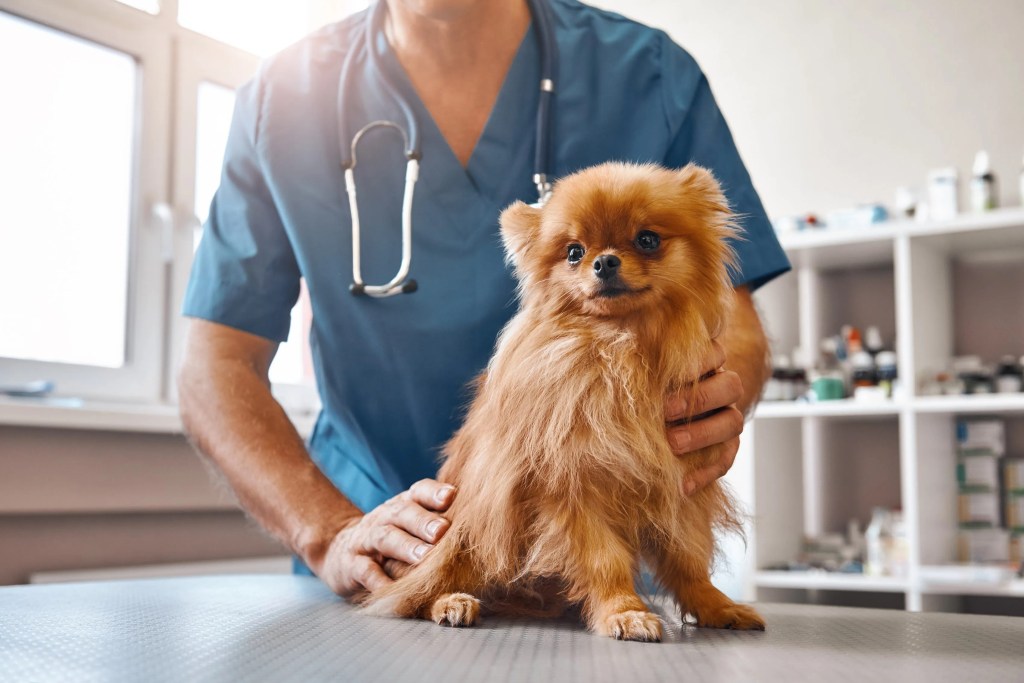
The benefits
By following these basic rules, you can communicate a sense of calm to your puppy, so the next time an extreme weather event occurs, they will be less likely to panic.
In fact you may see them gain confidence in other situations, too. Research shows that dogs that are confident in one scenario are more likely to be confident in another (this phenomenon is known as generalisation7).
Above all, by building their confidence in you as a caregiver, you will create a rock-solid bond – one that shines in all weathers.
Summary: The dos and don’ts of storm training
Dos:
- Socialise your furry friend to all the sounds and sights you can think of.
- Provide a storm sanctuary.
- Seek expert advice early if your puppy is afraid of storms.
- During a storm, muffle the sounds with white noise or classical music.
- Plan ahead of time and consider desensitisation with storm sounds.
- Stay calm yourself!
Don’ts:
- Don’t punish fear or anxiety responses.
- Don’t try to flood your puppy by exposing them to storms.
- Don’t ignore storm phobias (the problem won’t just go away).
- Don’t overreact during storms (your dog will pick up on your own behaviour!)
Your vet plays a big role in your pet’s health. Enter your location and get a list of vets near you.
FIND A VET1. Howell, T. J., King, T., & Bennett, P. C. (2015). Puppy parties and beyond: the role of early age socialization practices on adult dog behavior. Veterinary Medicine (Auckland, N.Z.), 6, 143–153. https://doi.org/10.2147/VMRR.S62081
2. Ang, C. (2022). The Accelerating Frequency of Extreme Weather. Visual Capitalist. https://www.visualcapitalist.com/the-accelerating-frequency-of-extreme-weather/
3. Baker, A. (2021). Severe storms from tropics reach Europe once every five years on average – new research. The Conversation. https://theconversation.com/severe-storms-from-tropics-reach-europe-once-every-five-years-on-average-new-research-159669
4. Yongming Zhang, Qi Zhao, Wenyi Zhang Wo, Shanshan Li, Gongbo Chen, Zhihai Han, Yuming Guo (2017). Are hospital emergency department visits due to dog bites associated with ambient temperature? A time-series study in Beijing, China. Science of The Total Environment, 598, 71–77.
5. Sashin, D. (2012). When Your Dog Is Afraid of Storms. FETCH by WebMD. https://pets.webmd.com/dogs/features/dog-storm-phobia
6. VetWest. (n. d.). Helping Your Dog with Storm Phobia. VetWest. https://www.vetwest.com.au/pet-library/helping-your-dog-with-storm-phobia
7. Sherman, B. L., & Mills, D. S. (2008). Canine anxieties and phobias: an update on separation anxiety and noise aversions. Veterinary Clinics of North America: Small Animal Practice, 38 (5), 1081-1106.
8. Horwitz, D., & Landsberg, G. (n. d.). Treating Fear of Storms and Fireworks in Dogs. VCA Animal Hospitals. https://vcahospitals.com/know-your-pet/treating-fear-of-storms-and-fireworks-in-dogs
9. Driver. S. (2021). Dog Thunderstorm Anxiety: How to Help. American Kennel Club. https://www.akc.org/expert-advice/training/dog-scared-of-thunder/









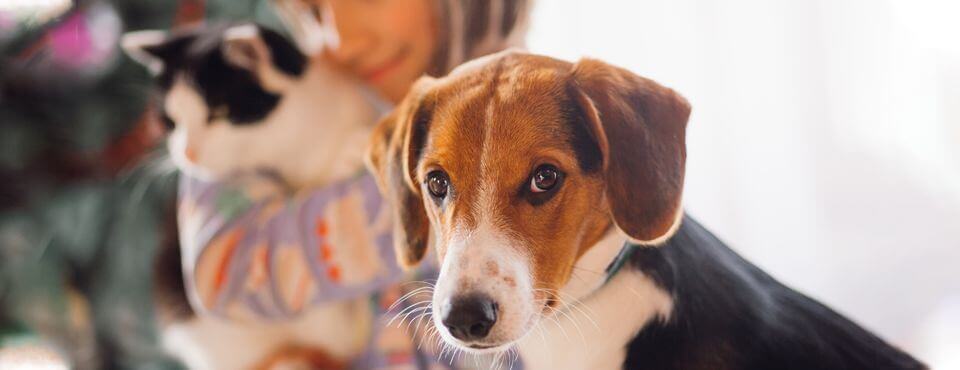
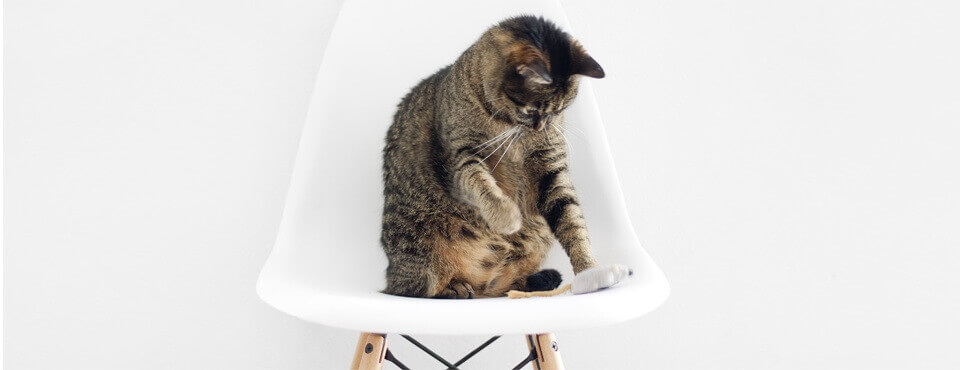

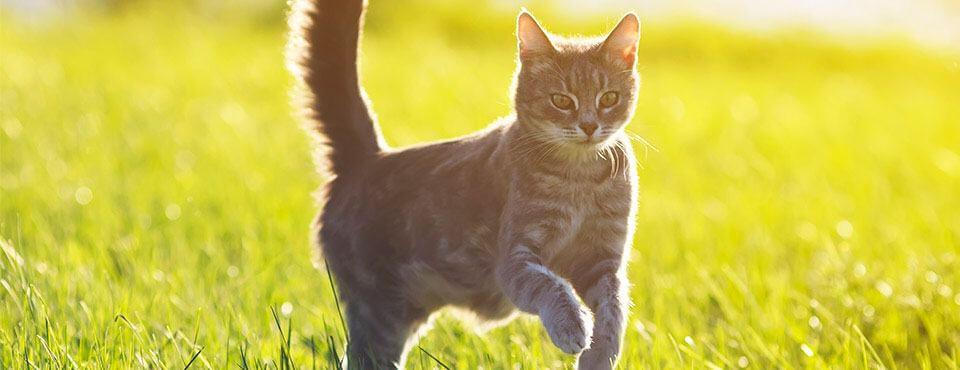

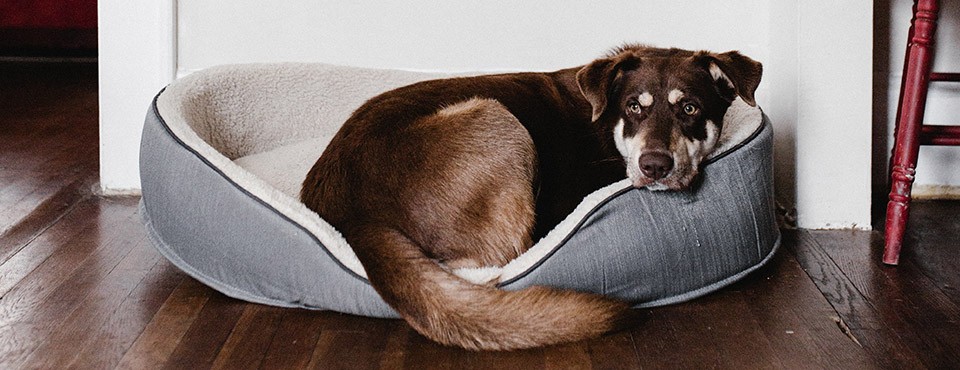
 Go To United States
Go To United States Austria
Austria Belgium
Belgium Czech Republic
Czech Republic Denmark
Denmark Europe
Europe Finland
Finland France
France Germany
Germany Greece
Greece Hungary
Hungary Ireland
Ireland Israel
Israel Italy
Italy Netherlands
Netherlands Norway
Norway Poland
Poland Portugal
Portugal Romania
Romania Saudi Arabia
Saudi Arabia Slovakia
Slovakia Spain
Spain Sweden
Sweden Switzerland
Switzerland Turkey
Turkey United Kingdom
United Kingdom